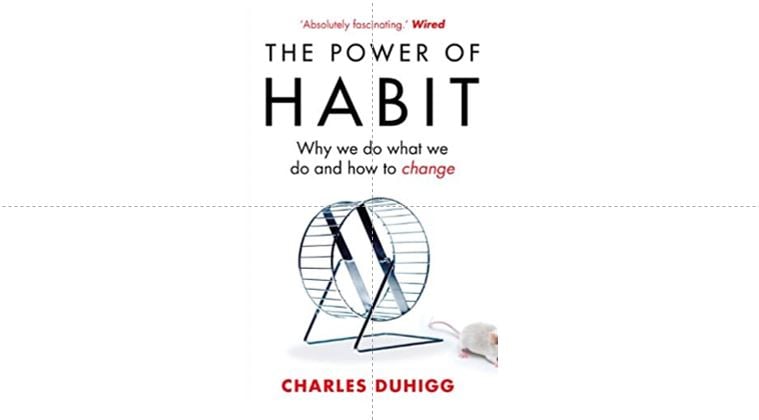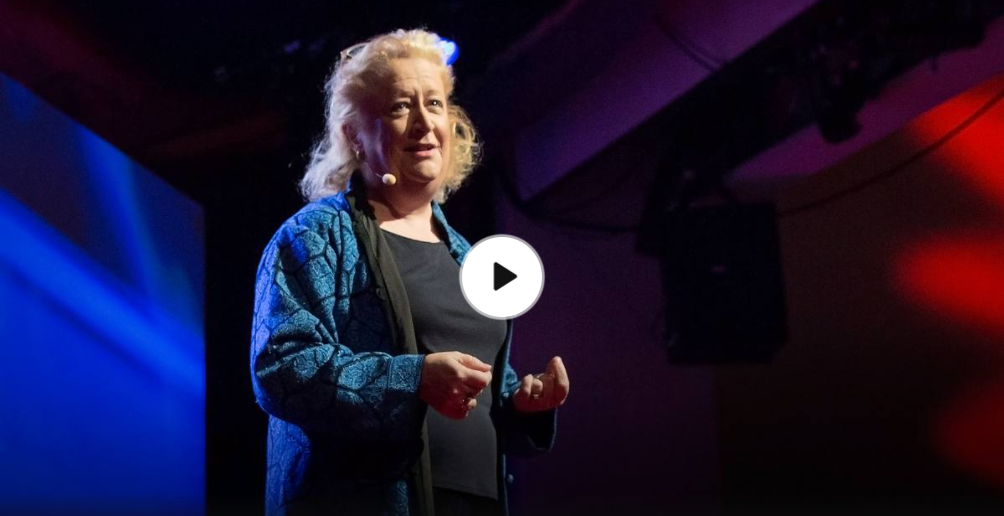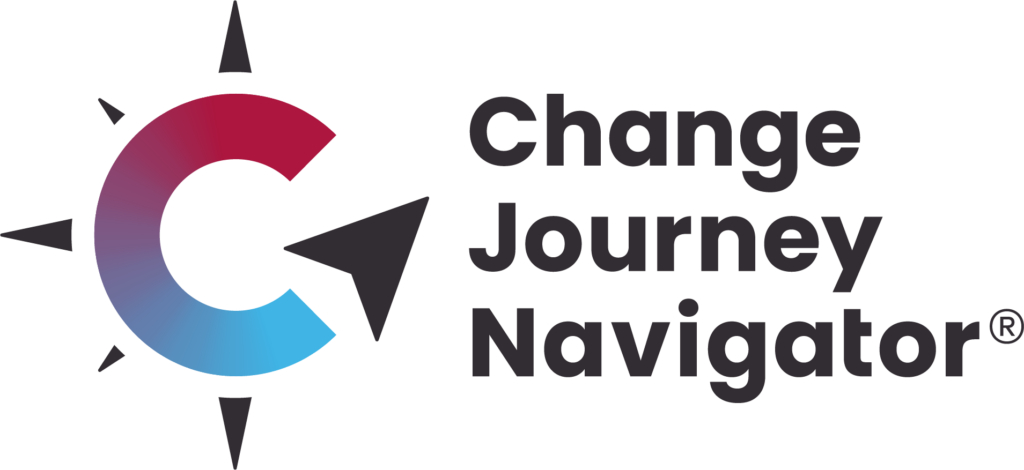Are you on track with your change goals?
By Mark Vincent
Share

The year is already underway and most people have changes planned. What are you aiming for?
With the continuing macro-economic uncertainty, the drive for increased automation of routine tasks and the challenges of staff wellbeing and retention, there is plenty to keep most leaders occupied this year. With so much to be done, pace and agility are increasingly critical for success, even survival in some cases. And yet recent research shows that the majority of leaders feel they are not adapting quickly enough.
It’s tempting to go for a “quick fix” of adding more specialists, more resources or more governance, essentially pushing harder, in the hope that this will lead to quicker progress. It normally leads to the opposite, whilst also costing more.
One of the biggest predictors of success is the depth and breadth of engagement in the change across the organisation. In other words the degree to which your employees and stakeholders are emotionally invested in the changes you are trying to get done. Put simply, the more they buy into it the more quickly and easily change happens.
Whilst engagement is at least recognised as valuable, it’s often not achieved to the extent that is needed. This is a key factor behind the fact that only 30% of change initiatives deliver what they set out to according to McKinsey.
Our response to any change is always personal, some may find a change exciting or important whilst for others it’s threatening or irrelevant. What’s avoided in communications can be as damaging to engagement as what is said; people are great at joining the dots, often drawing a more pessimistic or dramatic picture than the real one. And if they feel threatened they will tend to dis-engage.
The key is to test how people are feeling so you can be more certain
Don’t leave the level of engagement to chance – find out
Seeking honest feedback is critical. Whilst one to one discussions could and should be part of the answer there are two main challenges:
- In face to face situations there may be a tendency for people to tell you what they think you want to hear, especially if they fear any judgement or repercussions.
- At a practical level it can be hard to do this at scale, i.e. Where 100’s or even 1000’s of people are involved or affected.
Using a purpose built tool that’s science based and specifically designed to test for change engagement factors, can give you ground-breaking insights and easy next steps within just a few days. Click below to try it out and then imagine having these insights and many more across your whole team.
The insights you gain by digging deeper will help you to get much smarter with your communications and actions, even how the change is delivered. You’ll be able to target any weak areas, confident that it will have the biggest impact. And once the brakes are off, and the sources of resistance start to ease, the pace increases and the stress reduces, for you and everyone else.
So if you have a lot to get done this year, consider the fuel that will get you there, engagement. In other words, having your people want what you want as much as you do, actually driving the change themselves, feeling a sense of commitment, even excitement for their future. Once you achieve that, everything gets so much easier.
Get in touch
If you’re starting a change, or already on the journey and need some support, we can help.
Whether it’s coaching or mentoring your leadership team, diagnosing low engagement or leading a change on your behalf, we have a range of options to suit different situations and budgets. Contact us by clicking the button to find out more.
Related content
Reed Hastings – 3 Secrets to Netflix’s Success
In a world where agility and pace are critical to survival, the long term winners will be those who can sustainably unleash creative thinking right across the business. In this excellent TED interview Reed Hastings shows how different, often radical models have been adopted at Netflix, models that challenge to the very core some of our beliefs about how businesses can be run.
The Secret to Reducing Change Resistance and Fatigue in Your Organisation
Facing a blend of change resistance and fatigue, Claire’s story highlights the real-world challenges leaders face in evolving business landscapes. What causes change resistance and change fatigue and how are they linked? Learn practical solutions to reduce them and drive successful change in your organisation.
Charles Duhigg – The Power of Habit – Book and TED Talk
Apparently 85% of what we do is driven by habit. Think about driving a car or doing mundane chores at home, often we’re lost in thought and only barely conscious of what we’re doing. Habits can work for us or against us. In this excellent book and TED talk Charles Duhigg shows us how we can hack our less useful habits to create new, better ones. And the real eye opener for me was the realisation that an organisation can have group habits too and they can equally be productive or destructive.
Margaret Heffernan – Forget the Pecking Order at Work
A must see for any of you who are looking to improve culture in the workplace, a reminder that long term success is always a team game.






